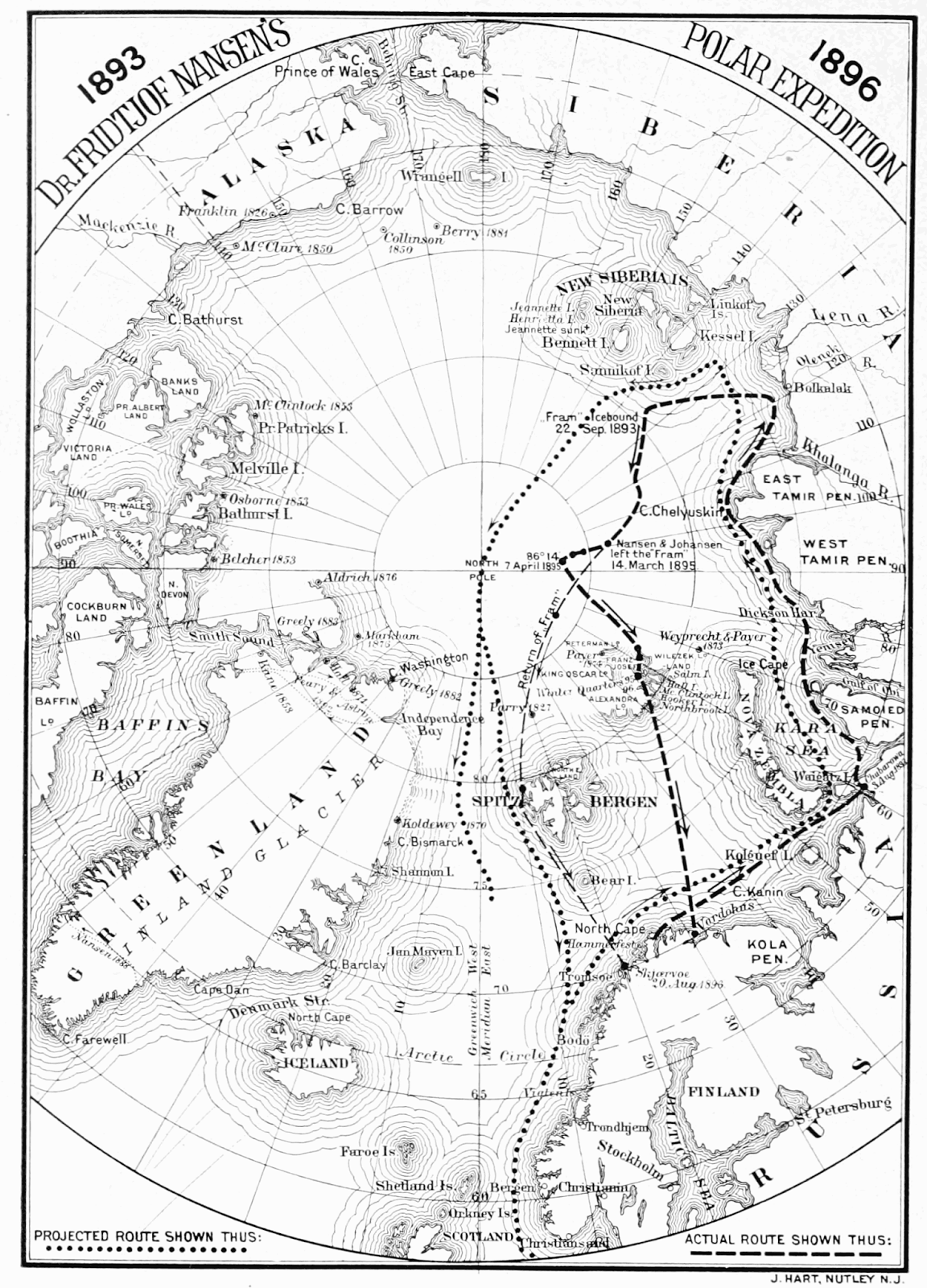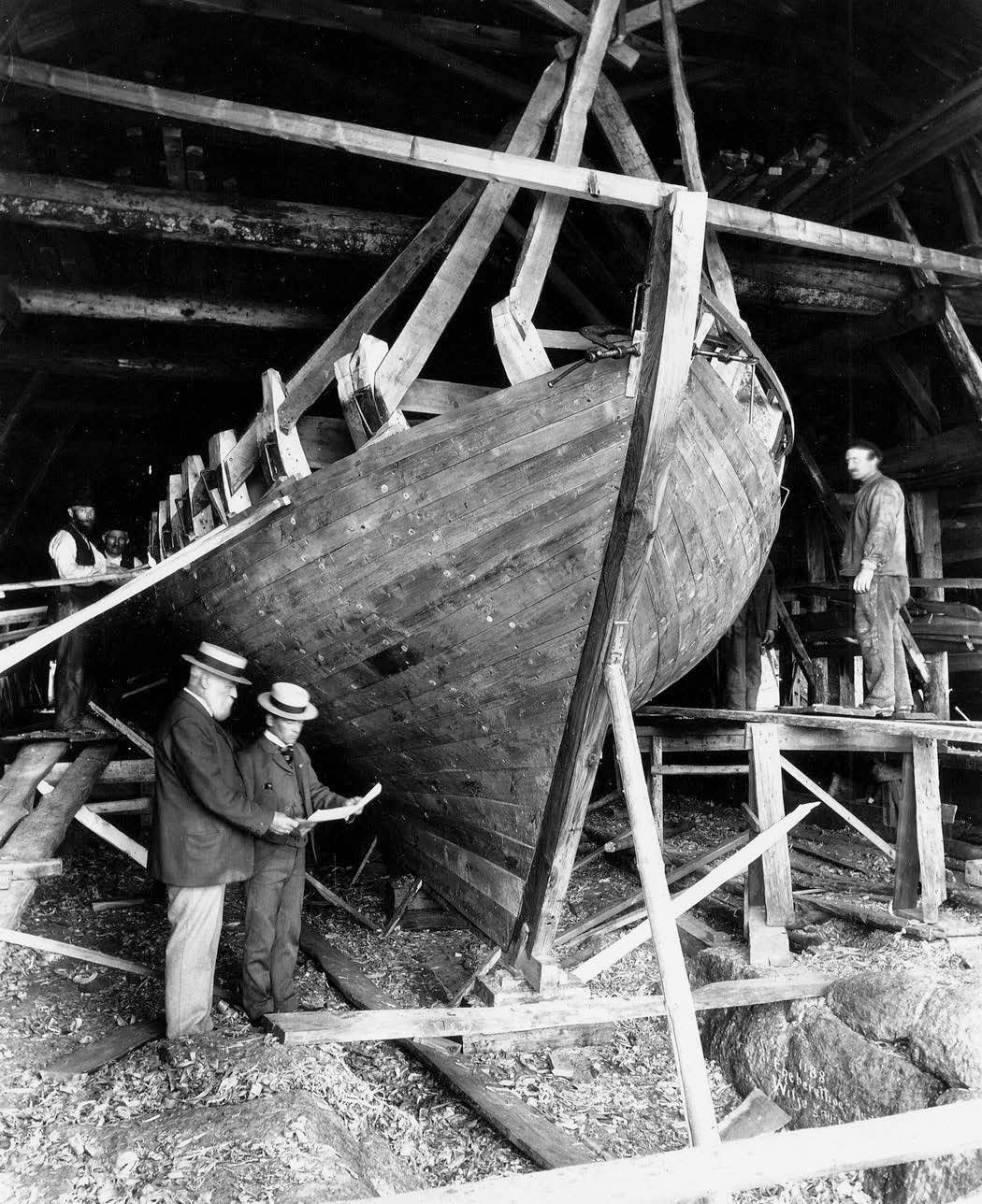author of The Science of Play:
How to Build Playgrounds That Enhance Children's Development
The American playground today fails as a resource that could help kids mature or prepare for unidentified future ordeals.
Unlike the exciting playgrounds of the 1950s and 1960s, today’s typical playgrounds are maintenance-free caged areas that emphasize safety more than critical thinking, smart reasoning, hopeful investigations, or thrilling adventures. In the UK, they have a nickname for this standard structure: “KFC”: Kit for low, directional, unchallenging equipment; Fence for the ubiquitous enclosure that cordons off area for kids; Carpet for the expansive uninterrupted flat, squishy surface. Here in the US, we could also add “P”—for Parents who hover and direct how their children experience this limited scope of play.
In addition to the easy upkeep of these boring playgrounds, they’re often prohibitively expensive for schools or communities to purchase.
In my new book examining the link between playground design and child development, The Science of Play, I illustrate several ways to break away from this mold and to create places that allow children to explore, to take limited risks, and to make friends.
And my favorite examples of these solutions are those that use inexpensive or repurposed materials. Even someone’s “junk” can find its way onto the playground and be a revitalizing force!
Here are a few playgrounds—along with some actionable advice!—from around the world that break the playground mold and show how you can create enriching environments for not a lot of money:
1. Re-imagine the swing set.
How much does a sling swing cost? Maybe $50, including the chain. The design firm Carve, in the Netherlands, created an affordable swinging/climbing contraption by varying the height and position of the off-the-shelf swings.
2. Mine a construction site for reusable scraps.
Architects Haugen/Zohar in Trondheim, Norway, took advantage of local wood construction and secured pieces from a nearby building site to erect this conical Fire Hut. In the depths of winter, children enter the hut and surround the fire to chat and stay warm.
3. Use old tires for more than just ground cover.
This twelve-square-meter cube, called the "Cave," is built from preindustrial waste, recycled from the automotive and shoe industries, that would have been placed in a landfill or burned if it hadn't been repurposed. Architects Haugen/Zohar "carved" several exterior niches where children can place their found "treasures." And the interior, which has a secretive, almost spooky quality, allows kids to slither and slide through passages and to constructively get "lost."
4. Turn industrial waste back into an asset.
In Stavanger, Norway, an administrative hub of the booming oil industry, resourceful hometown architects Helen & Hard created an "otherworldly" landscape using an assortment of oil industry implements. This section of immovable balls has become a place to run and jump, do back flips and any number of crazy acrobatics.
5. Remember: one person's junk can be your playground.
Although so-called "adventure playgrounds" have a distinguished history in the UK, they've never gained a strong following in America. One exception is, of course, The Adventure Playground in Berkeley, California, opened in the late 1970s. Composed of a wide assortment of materials, odds and ends, including disused telephone poles, tires, hammers and nails, old pianos and harps, the space encourages children to try many things they have not tried before. Kids have used a board and some logs to create a seesaw from scratch—even though a real fulcrum seesaw is hard to find on the average American playground!
6. Even schoolyards should reclaim waste for play.
Take a look at this video, an appeal to British industry to help stock the Play Pods that the Children's Scrapstore provides in England.
ALSO OF INTEREST:
Once Upon A Playground: A Celebration of Classic American Playgrounds, 1920-1975
















